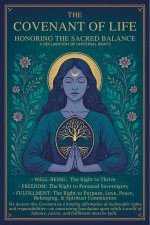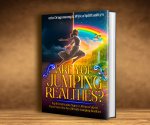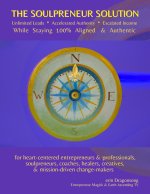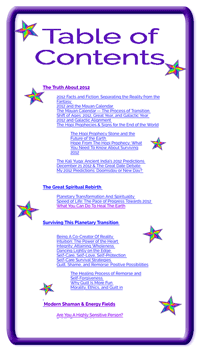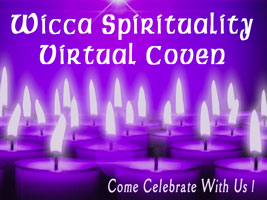Finding The Real Jesus -
The True Message of the Christ

|
|
|
|
|
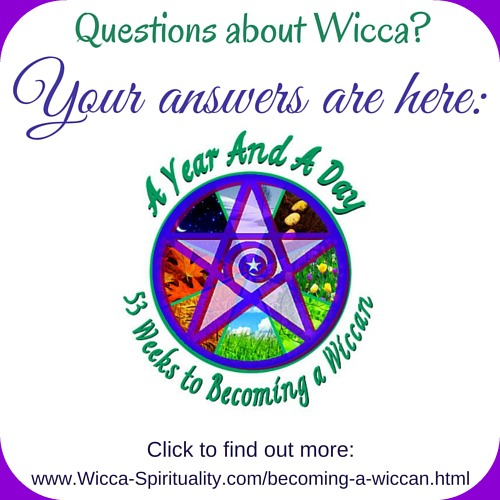
|
Four Ways to the Truth
Other than a time machine, or instant enlightenment (when all that can be known, is known), we have four main ways to excavate what the Christ really taught...- Weeding out the obvious forgeries and looking for corroboration
- Reading the Direct Translations from the original Greek to modern English
- Reading the Censored Gospels of his chosen successors
- Uncovering the Symbolic Meaning
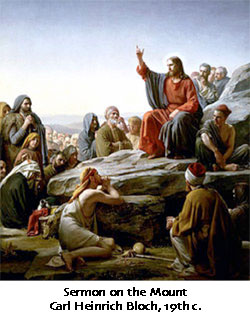 |
Jesus' Authentic Teachings
These days there is a greatly renewed interest in what the Christ actually taught, as opposed to what the church authorities tell us. (And judging by the state of the world, none too soon!) Some Christians object to this kind of study of the Gospels, but many Christians see it as a gift to Christianity. Far from demeaning the word of Jesus by digging through all the layers of lies, this study liberates the real teachings ... and shows a message that is as powerful and enlightened today as it was 2000 years ago! This, then, is indeed a timeless and universal faith. If you want to know what Jesus really taught , and what Christianity would be like if it actually followed the Christ rather than Paul and the Roman Emperor, check out The Jesus Sayings: A Quest for His Authentic MessageThe Direct Translations
It has been said that the Bible is the most-bought — yet least-read — book, ever. Surprisingly few people actually read the Bible for themselves, and even fewer read the entire book. Part of the reason is undoubtedly that it’s not an easy read. Much of the message is obscured through grandiose language. And it's more like poetry than prose — evocative, symbolic stories that must be savoured to be understood. Yet, often, the "conversational-style" translations of the Bible are misleading, since they convert already-mistranslated material into current idiom. Every translator knows that with each translation, you lose something of the meaning. It's really eye-opening to read a translation the original Greek, directly into modern English! Suddenly the teachings of Jesus become a lot more clear, and more accurate, than in books translated ...from Greek...
to Latin...
to Old English...
to Modern English.
Every translation alters the meaning, as anyone who speaks more than one language knows. It's like the children's game of Telephone. You whisper something into someone's ear, who whispers it to someone else, and it passes along the line. Even with the best of intentions, by the time it gets to the last listener, the message is so distorted it may bear no resemblance to the original at all. Probably the best resource for a clear translation is The Unvarnished New TestamentThe Lost Gospels
Another resource every Christian needs to read, if they want to find the Christ's actual teaching, is the Gnostic Gospels. These are gospels that were banned by the church of Rome, because they didn't suit the agenda of the ruling elite.
Uncover The Esoteric Teachings
The Pagan Christ: Recovering the Lost Light... the essential ability of myths to change states of consciousness and to impart sublime truths accessible in no other way. ...
... the deepest truths about life, the soul, personal meaning, our place in the universe, our struggle to evolve to higher levels of insight and understanding, and particularly the mystery we call God can be described only by means of a story (mythos) or a ritual drama. The myth itself is fictional, but the timeless truth it expresses is not. - P 16-17 [Emphasis mine] Reading the teachings of Christ in the context of spiritual enlightenment, as The Pagan Christ offers, elevates what has often been a base superstition to its true potential as a path to the Divine.Live the Truth
Whether you're a Wiccan interested in other spiritual traditions, a Christian seeking a deeper level of spirituality, or a Christian Witch aiming to meld the two paths into one, it is vital and enlightening to discover for yourself the real Christ behind all the fiction. All four channels of study are, I believe, crucial to anyone who wishes to know what Jesus really taught, and what true Christianity is really about. But reading is only the first part. The next step, the crucial one, is to live what you know. And that's no more than what Jesus himself has said.With Brightest Blessings,
erin Dragonsong

Return from
Finding the Real Teachings
to
Wicca for Beginners

